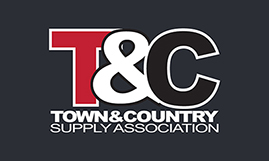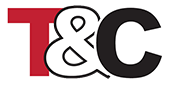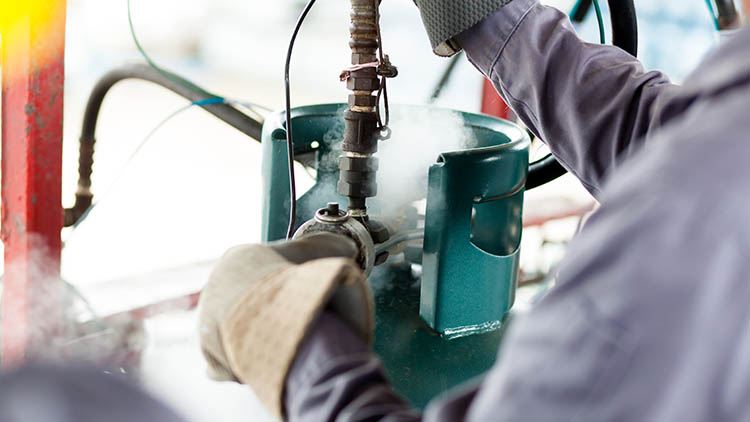Refilling your propane tank not only makes sense economically, but it is also convenient and easy. It is always a better value than simply exchanging out your tank as you get a completely full tank and are only charged for the amount of propane that went into the tank.
Exchange tanks are not filled up to the legal limit and many times a 20lb tank may contain as little as 15lbs of propane. The other bad part about exchanging your tank is that you lose any fuel that was left in the tank. It’s pretty easy to see why refilling your tank is a much better deal.
There are other benefits to refilling your old tank as well: you can top it off before a large family gathering when you know that you may be grilling and using your propane tank for an extended period of time. If you have a larger tank, sometimes it is hard, if not impossible to find a place to exchange, so filling it up is obviously the best way to go.
Another added benefit is that if you get your tank filled up, it is going to be inspected for safety. If you simply exchange it out, you don’t know what you are getting for sure as it comes off a rack of tanks.
If you are going to refill your propane tank on a regular basis, there are some things you should know for safety purposes.
First, always take your tank to the filling station rather than inside the store. Propane tanks should never be taken inside the store and if you don’t see anyone at the dispensing station, just go in and find an employee to help you out. But remember, leave your tank outside. Many people will just drop their tank by the filling station and then walk inside to find an employee to fill it up.
All propane tanks are inspected prior to refilling. If your tank has been damaged or is uncertified, it will be in violation of national regulations and cannot be filled up. If it is missing the foot ring or collar it will be deemed not up to specifications. If a propane tank has been painted or is excessively rusty, it will also not qualify for refilling.
Propane tanks that are used for barbecues must be outfitted with an OPD valve, or overfill prevention device. Additionally, any tank more than 12 years old must be recertified before it can be refilled again. All tanks are stamped with a date on the top of the tank so it is easy to see how old they are. If your tank is out of date, it needs to be exchanged for a new one.
It is a must that all valves be checked for leaks after the propane tank has been filled. A qualified employee will examine your tank and make sure there are no leaks prior to your leaving the facility with it. If the tank is leaking, NFPA regulations prevent you from leaving with the tank and a new undamaged tank can be purchased to replace the damaged one.
You should also check your propane tank for leaks before you turn on your barbecue or whatever appliance you are running with the tank. Keep in mind, propane is extremely flammable so a leak can cause a large amount of damage very quickly. The easiest way to check for leaks at home is to use a solution of soapy water on the valve areas. If there is a leak, bubbles will form and you should turn off the valve and check the entire system. The odor of rotten eggs is always a sign of a gas/propane leak. If you smell anything like that, don’t ignore it, remove the source of flame from the area and inspect/repair any necessary valves that may be leaking.
When you are transporting your propane tank home, always keep it upright and secure. Tanks should not be left in a car in direct heat or sunlight, as that can cause an increase in pressure, which can rise to unsafe levels. You should always remove the tank for your vehicle as soon as you arrive home or to your destination. If you are storing propane tanks that are full, you should always do so in a well ventilated area, and store them upright and secure so that they cannot fall over, resulting in a valve opening. You should not use or even inspect propane tanks indoors.
Most aspects or propane tank safety are common sense. But, because propane tanks are so common, many people forget that they are dealing with an extremely flammable gas. You should always follow proper safety procedures when dealing with propane and if you do, you will not experience any problems. If you have any questions as to if your propane tank is safe or meets regulation specifications, just ask prior to getting it filled up and a qualified employee will help you.







